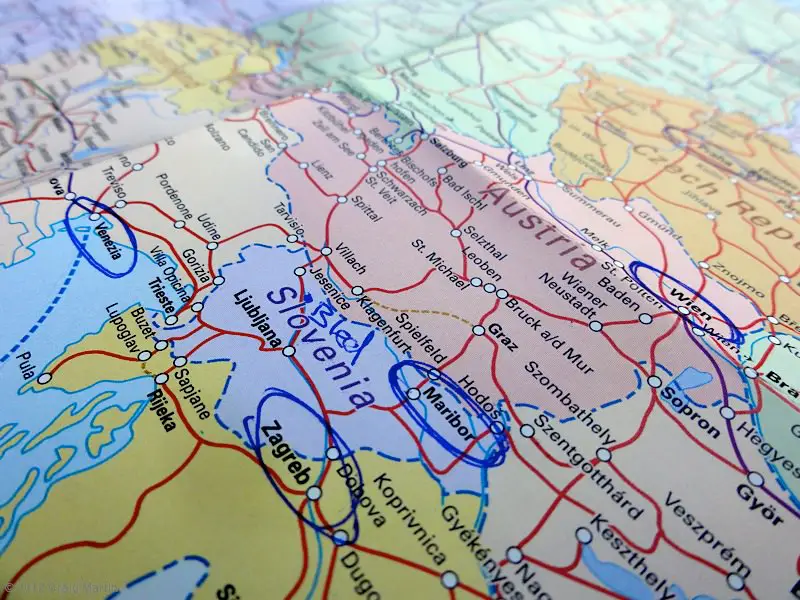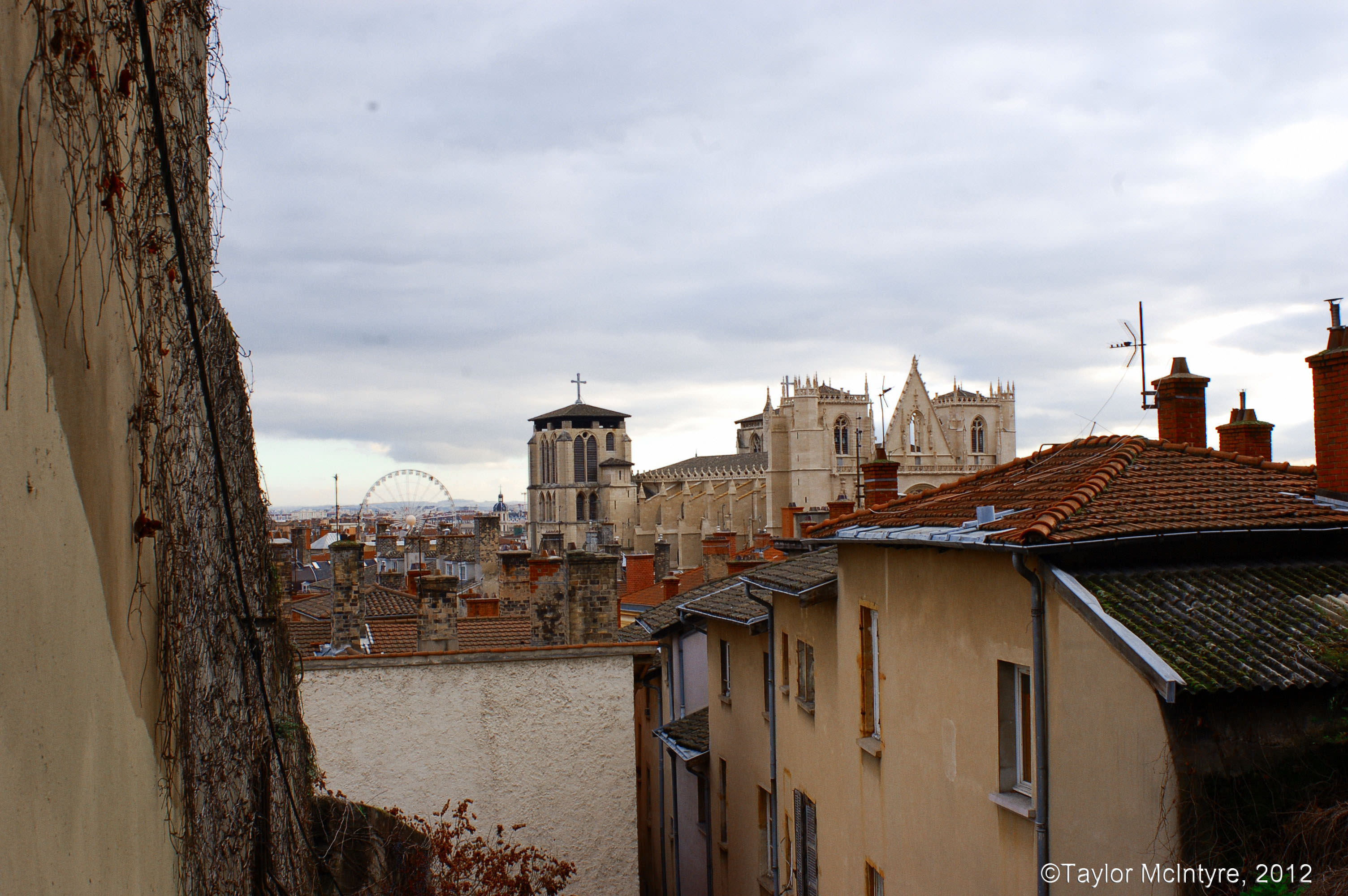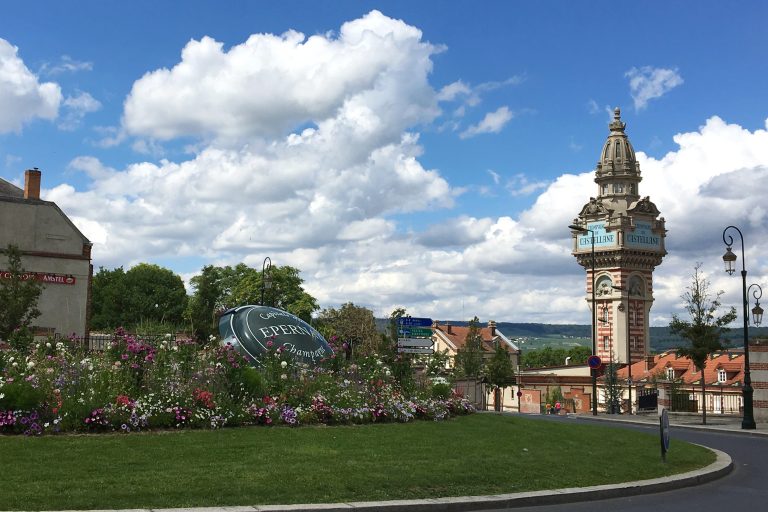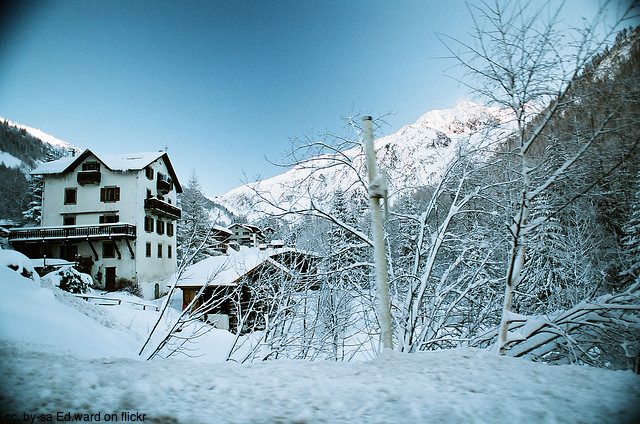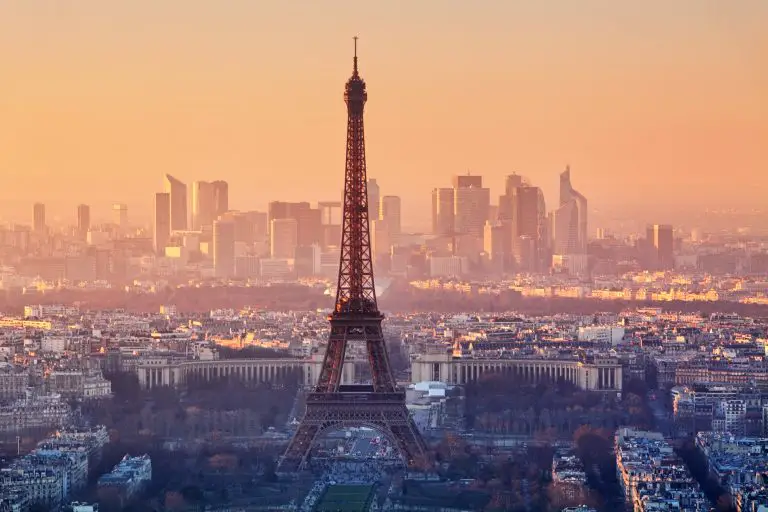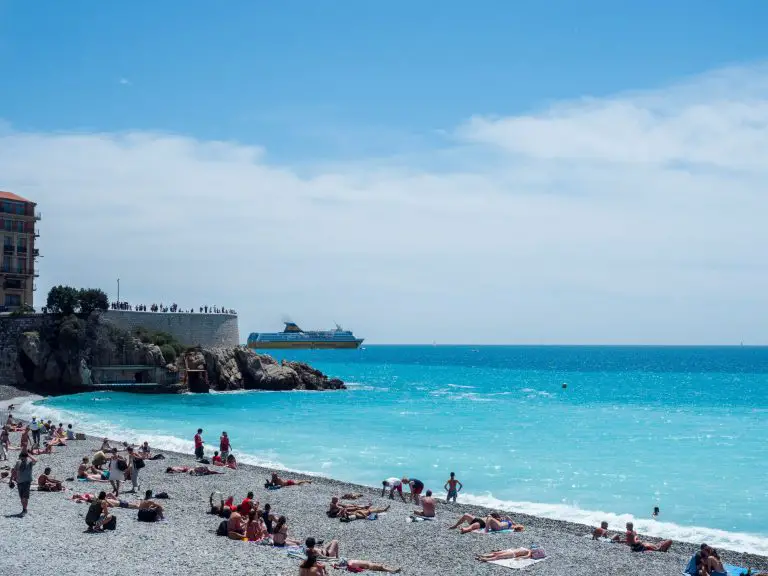How to make Champagne – just try this at home!
To most people, Champagne means celebration. We’re vaguely aware of there being different brands, but the expense often stops us from choosing favourites or developing a sophisticated palate. Champagne, however, has as wide a range of flavours as any other variety of wine, despite its limited production area.
A tour of Champagne houses in the famous region is something that could appeal to people of all levels of wine appreciation -– a pilgrimage for connoisseurs, or an interesting and informative trip for enthusiastic amateurs.
Champagne is the epitome of sparkling wine, so much so that the word is often misused -– though all that sparkles is not Champagne. Not only must all the grapes in a genuine bottle be grown in the Champagne region, but this “region” isn’t just a province, but a collection of strictly defined territories within a territory. Specific plots of land are labelled as suitable, while land surrounding them, still within the province, might not be.
Every square metre that can be planted with grapes has been, and a battle is currently being fought to increase the boundaries of planting land within the province. Plus, only three varieties of grape can be grown anywhere in Champagne: Chardonnay, Pinot Noir and Pinot Meunier.
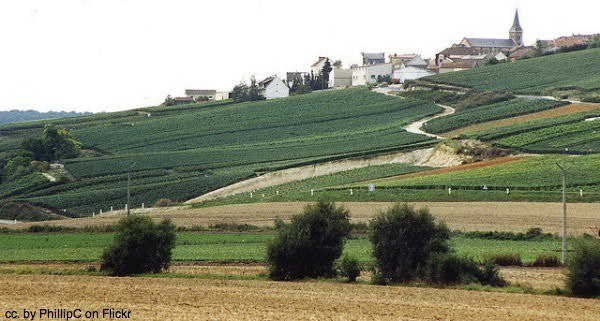
The process of making champagne is also closely regulated. Grapes must be picked by hand, necessitating the hiring of thousands of workers every September -– harvest starts 100 days after the flowering of the vines in mid-June. Then the grapes are pressed on-site or transported (carefully) to a pressing house. The juice is taken to the cellars of the Champagne house and stored until the first day of the new year when blending is allowed to begin.
Blending is an intricate process superintended by the cellar master, who is responsible for crafting the flavour of the wine. He or she must make sure the blend has the distinctive flavour of the house, as well as finding the best blend of the different juices the house has available. Most houses store the juice from each plot of land in different vats -– certainly they keep the Chardonnay separate from the Pinot Noir!
The cellar master tastes every batch of now-fermented juice and decides how much of each batch should go into a bottle for secondary fermentation. Once the blend has been chosen, yeast is added, the wine is bottled and cellared for at least six months and sometimes up to eight years. It’s during this time that the wine gets its sparkle.
When it’s time to take the wine out of the cellars, the lees need to be removed from each bottle. The lees are the sediments left by the yeast and are removed by a process called “riddling” which raises the bottle from horizontal to vertical very slowly -– it takes at least three days if done by machine, and up to eight weeks if done by hand.
Once the bottle is vertical, the sediments are resting in the neck of the bottle and need to be removed. Traditionally, this was a task which required precision and talent, as the worker would use the air bubble in the bottle to expel the lees by tilting the bottle and opening it at the precise moment. Some champagnes are still treated in this way, but it’s very time-consuming and can be heart-breakingly wasteful –- even if performed by a skilled worker, 10% of the bottle will be lost, and up to 30% could be lost if the procedure isn’t completed perfectly.
So, the majority of bottles are now disgorged by the modern method. A pallet of upside-down bottles is lowered into a machine that freezes the first few centimetres of bottle neck. When the bottle is rightened, the plug of ice containing the lees is removed easily.
Of course, the bottle is now less than full, so something has to be added to top it up, The liquid that is added is known as the “dosage” — it’s a liquor usually made of wine with sugar added, though some houses may add another liqueur or whiskey to this mix. The average amount of sugar added is 15g per litre, though for extra-sweet (demi-sec) champagne, the amount is closer to 45g. Houses such as Ayala and Bollinger pride themselves on producing low-sugar champagne, and Ayala even produces a line with no sugar added at all — a “zero dosage” Champagne. The bottles are topped up with Champagne from other bottles, meaning that each bottle contains nothing but Champagne. This means that the true flavour of the wine can be tasted — it isn’t hidden or masked by the flavour of the dosage. Plus, having no sugar means that it’s healthy, right?
After the dosage is added (or not), the bottle is corked and left to rest for a while to allow the dosage to mix with the rest of the wine. Then it’s labelled, boxed, and shipped off around the world.
It’s fascinating to see the machines in action producing Champagne, but even better to taste the finished product. There are hundreds of producers, and each house produces very different Champagnes; the major houses usually have a range of six to eight different lines which vary in quality and flavour. If the wine is labelled “vintage” it will have been produced using the best grapes available from a single vintage, and cellared for longer than the standard non-vintage bottle. Then, the amount of sugar added will also affect the flavour – brut has less, sec has a little more, and demi-sec has a fair bit of sugar in it. And, of course, a rosé will taste different to a white Champagne.
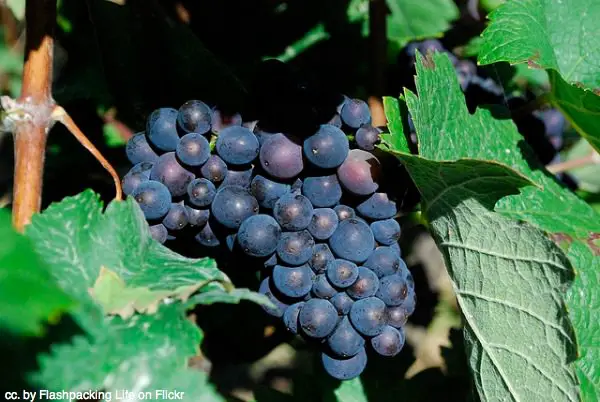
Of course, the proportion of each type of grape in the mix will play a part — a “blanc de blancs” champagne, produced entirely of Chardonnay, will taste different to one that has a high percentage of the red Pinot Noir grape. Each grape has its own distinct personality — according to Mumm, their wine is characterised by the “freshness of Chardonnay and the intensity of Pinot Noir,” and, indeed, a wine with a higher proportion of Chardonnay is incredibly refreshing, while a Pinot Noir-heavy wine is more intense.
You can taste Champagne at home, but you can’t see it being produced in your dining room. A trip to the Champagne region to tour the vineyards and observe production in the cellars of the great Champagne producers is something every wine-lover should aspire to — the history, the innovation, and above all the wine — it all combines to create an experience like no other.
Santé!


